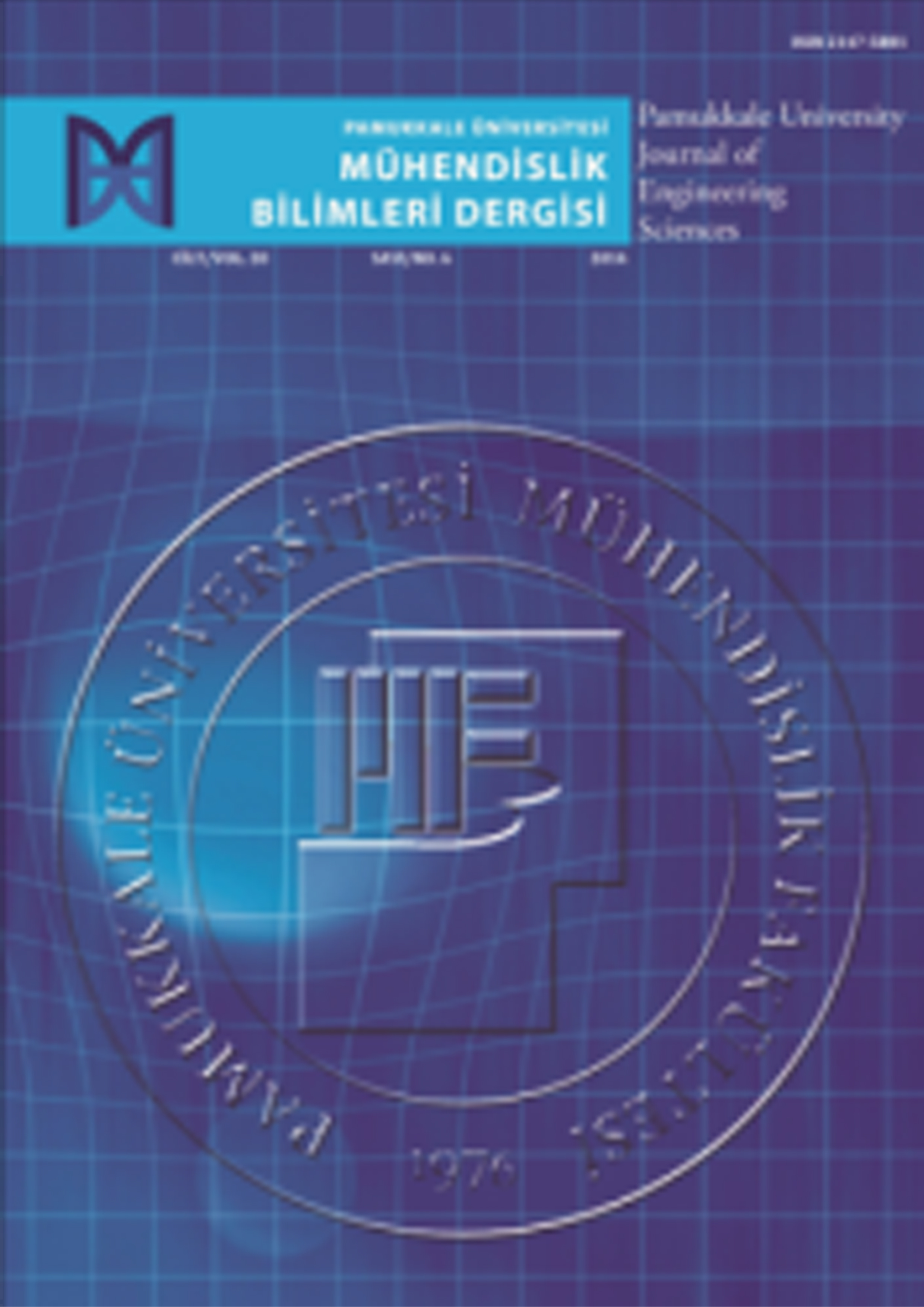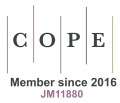Hassas döküm atık kumlarının ateş kili refrakter malzemelerin termal şok direnci özelliklerine etkilerinin araştırılması
Veysel Murat Bostancı1, Tuba Bahtlı21Necmettin Erbakan Üniversitesi, Mühendislik Fakültesi, Temel Bilimler Bölümü2Necmettin Erbakan Üniversitesi, Mühendislik Fakültesi, Metalurji Ve Malzeme Mühendisliği Bölümü
Hassas döküm, gözenekliliği en aza indiren ve parçaların tam şekil ve boyutlarını üretebilme gücüne sahip bir döküm işlemidir. Hassas döküm, metal parça imalat endüstrisinde nihai parça versiyonuna en yakın döküm şeklidir. Döküm işlemlerinde tek kullanımlık alüminasilikat esaslı kalıpların kullanımı, hassas döküm sonrası bir depolama sorununa yol açmakta ve giderek artan bir atık sorununa katkıda bulunmaktadır. Dahası, bu atığın geri dönüşüm olmadan bertaraf edilmesi çevresel endişelere yol açmaktadır. Özellikle, atık zirkon minerali içermekte ve bu mineraller refrakterlerin mekanik, termal ve korozyon özelliklerini arttırmakla bilinmektedir. Bu araştırma, maliyetleri düşürülmüş, mekanik ve termal özellikleri arttırılmış ve hassas döküm kumu eklenerek iyileştirilmiş ateş tuğlası refrakterler oluşturmayı amaçlamaktadır.
Yoğunluk ve açık gözeneklilik, Arşimet prensibiyle belirlenmiştir. ASTM-C133 standardına göre soğuk basma mukavemeti, ASTM-C1161-90 standardına göre üç nokta eğme testleri gerçekleştirilmiştir. Isıl şok dayanımı için numuneler, 1000°Cde 30 dakika bekletildikten sonra suya daldırılarak test edilmiştir. Son olarak, mikroyapı analizleri taramalı elektron mikroskobu (SEM) ile yapılmıştır.
Katkısız şamot refrakterine kıyasla, X2, Y2 ve Z1 hassas döküm atık kumu (PCWS) eklenen numunelerde, termal şok testi sonrasında 3 nokta eğilme mukavemeti sırasıyla %27, %10 ve %5 oranında artmıştır. Benzer şekilde, PCWS ilavesiyle X2 ve Y2 numunelerinde soğuk ezme mukavemeti (CCS) değerlerinde sırasıyla %17 ve %33 oranında artış gözlemlenmiştir.
Investigation of the effects of precision casting waste sands on the thermal shock resistance properties of fire clay refractory materials
Veysel Murat Bostancı1, Tuba Bahtlı21Necmettin Erbakan University, Faculty Of Engineering, Department Of Basic Sciences2Necmettin Erbakan University, Faculty Of Engineering, Department Of Metalurgical And Material Engineering
Precision-casting is a casting process that minimizes porosity and has the power to produce exact shapes and sizes of parts. In the metal part production sector, precision-casting is the closest casting form to the final version of the part. Using single-use aluminosilicate molds in casting operations causes a storage problem after precision-casting, which adds to the expanding waste problem. Moreover, the disposal of this waste without recycling poses environmental concerns. Interestingly, the waste contains zircon minerals, which are well-known for improving refractories' mechanical, thermal, and corrosion-resistant qualities. The aim of this study is to produce fireclay refractory bricks that have decreased manufacturing costs, increased mechanical and thermal properties, and are improved by the addition of precision-casting sand.
Density and open porosity were determined using the Archimedes principle. Cold crushing strength was tested according to ASTM-C133, and three-point bending tests were performed according to ASTM-C1161-90 standards. For thermal shock resistance, samples were heated to 1000°C for 30 minutes and then quenched in water. Finally, microstructure analyses were conducted using a scanning electron microscope (SEM).
Compared to the additive-free fireclay refractory, samples containing X2, Y2, and Z1 precision-casting waste sand (PCWS) showed increases in 3-point bending strength by 27%, 10%, and 5%, respectively, after undergoing thermal shock testing. Similarly, with the addition of PCWS, X2 and Y2 samples exhibited increases of 17% and 33% in cold crushing strength (CCS) values.
Makale Dili: İngilizce





